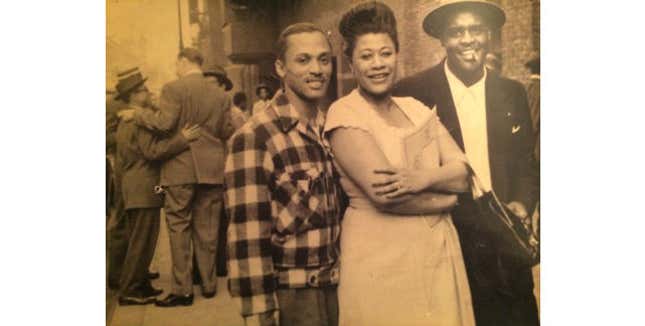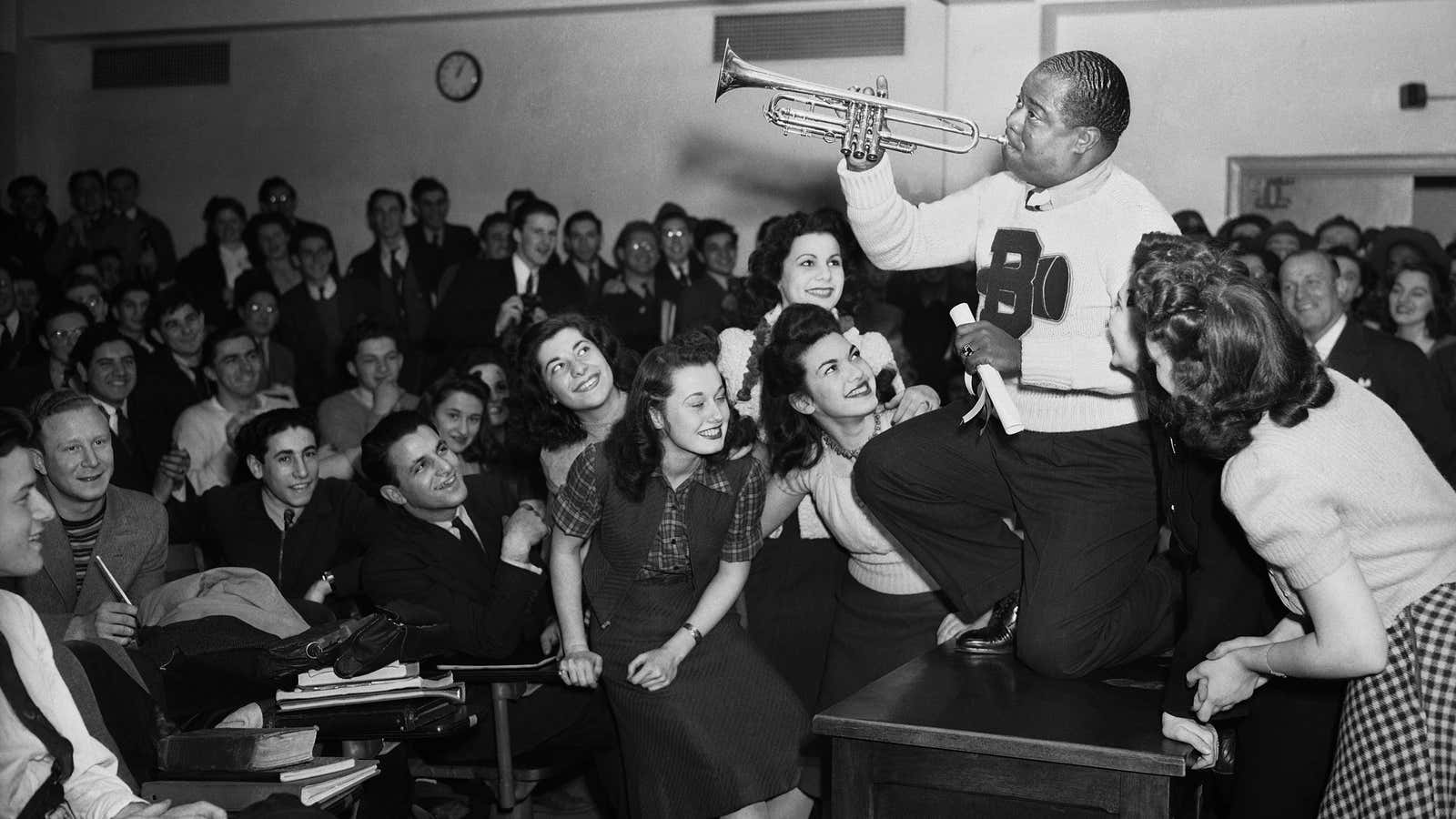There seems to be a new diversity trend happening in Hollywood–all of the major networks are looking to produce shows with people of color for the upcoming pilot season. Deadline calls it the “Empire effect”—networks trying to replicate the success of Empire, Cristela, How to Get Away With Murder. It’s a stunning turnaround for television, better known for ignoring or marginalizing the experiences of people of color in America.
It’s a fantastic step in the right direction, but let’s not forget that their experiences are still largely left out of our popular culture.
A few days ago, the prominent blogger Mikki Kendall attempted to rectify the disconnect between the way people of color are viewed in popular culture and reality. The force behind the #solidarityisforwhitewomen hashtag, Kendall found herself in the middle of a Tumblr debate over the lack of people of color on ABC’s new series, Agent Carter, set in the 1940s. “Fans of the show kept insisting that POC wouldn’t have been around except as servants so the show’s erasure of them makes sense,” Kendall told me over a recent e-mail exchange. But instead of just pushing back, she decided to use social media as a virtual corrective. “I have a history degree. I know that a lot of the problem of the way it is taught in schools. The easiest way to spread information and make it real to people IMO is photos.”
So on Jan. 31, Kendall posted this note:
Hey Tumblr, how would you feel about a photo history lesson on diversity? Maybe we could all dig up photos of POC (whether they are family pics or ones from newspaper archives) and try to make posts like this one? Pics of POC in the ’20s, ’30s, ’40s etc? I know I won’t have time to do an official post every week or every day, but if we all tried to do at least one or two from different eras we could at least make a dent in the erasure and misinformation. What do you say, want to beat people up with facts?
Hardly the first photo collection curated online, Kendall’s catchy call nonetheless attracted many of her over 30,000 followers to start sharing photos on Twitter and Tumblr.
Some posts are simply pictures of people’s relatives. Others tell more complex narratives. There are heroes and then they’re just people in love. Badass pilots and folks fighting for change. Some pretty great fashion, too. Above all, they offer visible evidence that people of color did exist in the past—and existed beyond servitude.
There was the inspirational:
The personal:
The historic (I had to look up Bass Reeves and suggest you do, too):
The simply awesome lives of women:
And one of my favorite—the Japanese zoot suiters:
#HistoricPOC, which Kendall says will continue throughout the month of February, gives black people and other people of color that simple thing that is all too often missing from their lives—humanity. It’s an undeniable humanity, that exposes them as real people instead of a one-note formulaic character. So far, there’s no prototype, there’s no one type of person or group, which hopefully will sink into the minds of others—that people of color are multidimensional with multiple experiences and emotions.
While not a comprehensive study on people of color, hashtags like this are refreshing and relevant. They’re an aesthetically pleasing introduction to a history of communities that have struggled to have their stories seen as a valuable part of American history, not just in pop culture but academia; it was only a few years ago that conservatives tried to rename slavery the “Atlantic triangular trade” in Texas’ textbooks.
Importantly, the hashtag gives power to people to tell their own stories (something “black twitter” is known for) and to create a record of their own histories. To the rest of the world, it’s a reminder of just how much of the history of folks of color is buried, locked away behind closed doors and in households who were never even asked to share their stories. “I hope people from all walks of life contribute. Lots of hidden history out there in people’s attics and albums,” Kendall says.

Her project certainly made me think about my past. So here’s a picture of my grandfather, George Allen (on the right), with the singer Ella Fitzgerald and another unknown man. I don’t know the place or the story behind it, but I know they existed. He was a proud Navy man, with a family he loved. He wasn’t in shackles or a civil rights superstar, but worked hard to feed his family and improve his community. And he wasn’t invisible. Now, the whole world can see that his life mattered, too.
